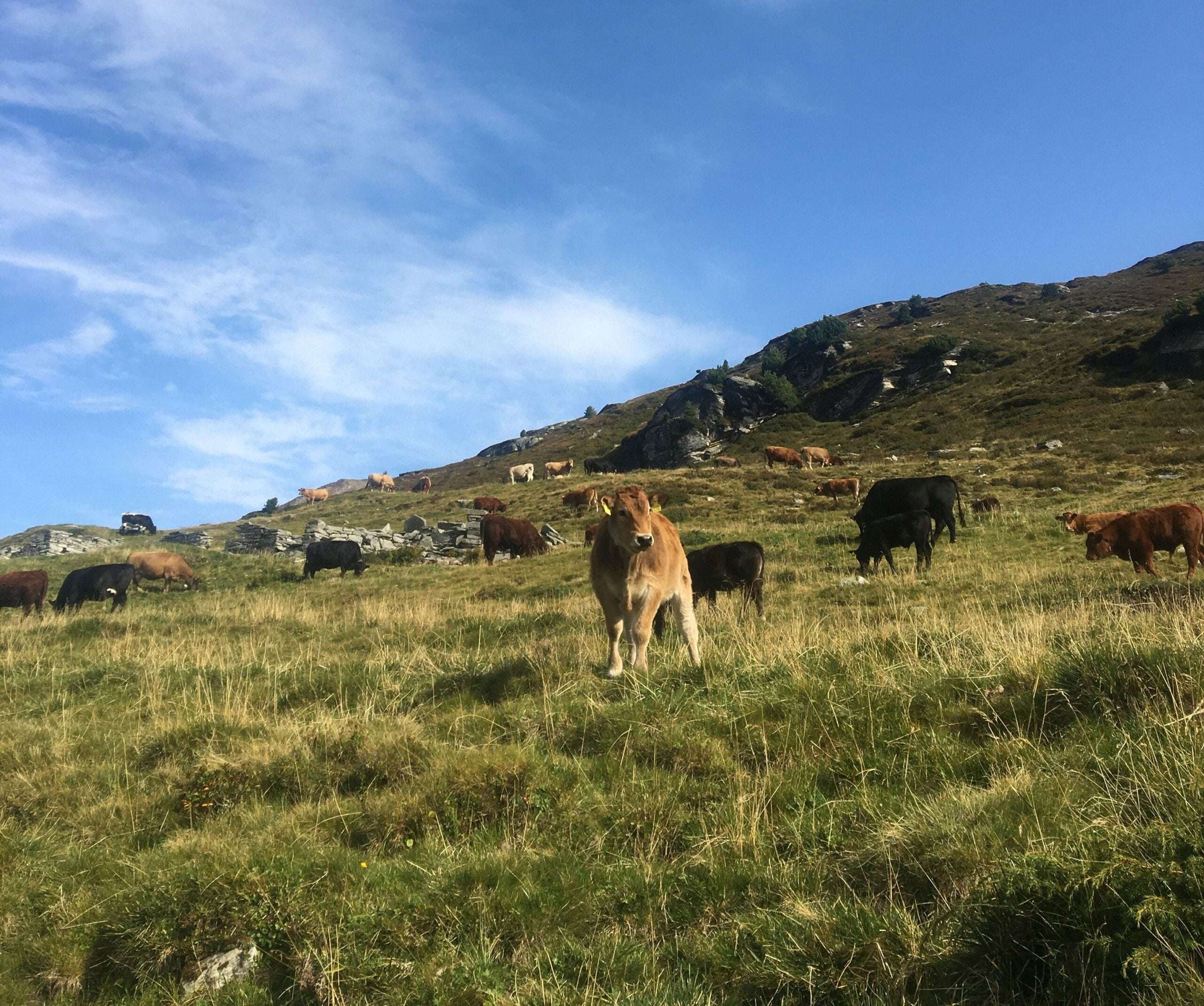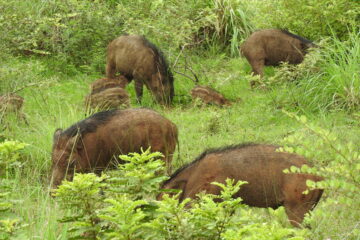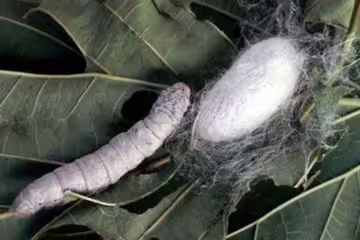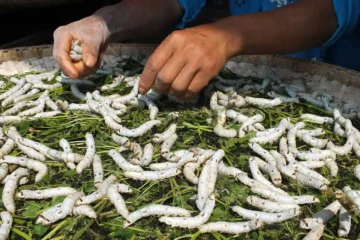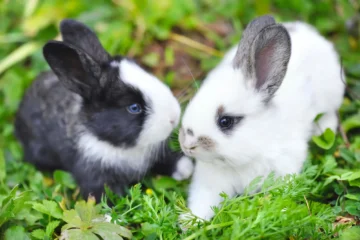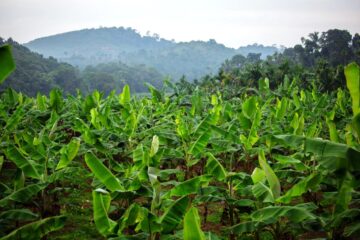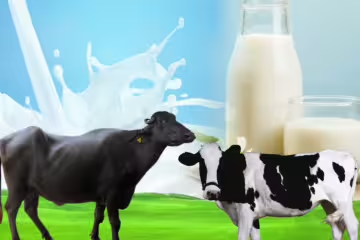Korangadu refers to the traditional grazing land found in the arid regions of western Tamil Nadu, such as Kangeyam, Vellakoil, Palladam, Dharapuram, and Paramathi in Karur district. This area receives very little rainfall, and hence, farmers here rely on grazing livestock in Korangadu lands to earn their livelihood. The primary vegetation in Korangadu is Kolukattai grass, and this grazing land is also known as Kangeyam pastureland.
Origin of Korangadu
Korangadu has existed in the Kongu region for ages. Geographically, this area is surrounded by the Western and Eastern Ghats, resulting in limited rainfall even during the monsoon seasons. Only in the irrigated areas of the Amaravathi, Kaveri, and Bhavani rivers is agriculture practiced, while other areas remain dry, looking up to the skies for rain.
Kolukattai grass is highly drought-resistant. The strong southwest monsoon winds during the months of Ani, Aadi, and Aavani help disperse its seeds to other areas, where they grow with even a small amount of rain.
Area Coverage
Korangadu grazing land spans an area of 3,841 square kilometers, constituting 2.9% of the total area of Tamil Nadu. It is predominantly found in Vellakoil, Dharapuram, Mulanur, Palladam, Pongalur of today’s Tiruppur district, and in Paramathi and Aravakurichi of Karur district. It can also be seen in parts of Coimbatore, Erode, Dindigul, and Namakkal districts.
Composition of Korangadu
Korangadu comprises three main types of vegetation: Velamaram (Prosopis juliflora), Kiluvai (Acacia leucophloea), and Kolukattai grass (Cenchrus ciliaris). The entire Korangadu land is covered with this grass, interspersed with Velamaram trees. The fencing around Korangadu is made of living Kiluvai and Velamaram, giving it a unique characteristic. Other plants found in Korangadu include Aavarai (Cassia auriculata), Kolunji (Tephrosia purpurea), Kuppaimeni (Acalypha indica), Keelanelli (Phyllanthus niruri), Naayuruvi (Achyranthes aspera), Pulaipoo (Euphorbia hirta), and Minnamaram (Grewia tenax).
Grazing System
Korangadu serves as a feed source for livestock for about 5-6 months in a year. After the rainy season, Kolukattai grass grows again, providing fresh fodder. This region receives rainfall in three seasons:
- Southwest Monsoon (Ani – Aavani): 191 mm of rain
- Northeast Monsoon (Purattasi – Karthigai): 330 mm of rain
- Summer Rain (Masi – Vaikasi): 145 mm of rain
The total annual rainfall is around 666 mm. Typically, livestock are left to graze in Korangadu in the morning. Drinking water is provided in the troughs, allowing the livestock to graze all day. In the evening, they are brought back to the sheds and given some concentrated feed.
Livestock in Korangadu
Korangadu is renowned for the breeding of Kangeyam cattle, known for their drought resistance. Additionally, Mecheri and Mayilambadi sheep breeds are also found here. However, due to their tendency to graze on the Kiluvai fence, local farmers avoid raising goats. Typically, an acre of Korangadu can support 2 cattle and 25 sheep. To enhance the nutritional value of the grazing land, seeds of Naripayiru (Vigna trilobata) and Kollu (horse gram) are sown.
Current Situation
Due to continuous drought, the Kiluvai fence is deteriorating, and therefore needs to be repaired before the rainy season. Some farmers have started using barbed wire fencing, which alters the natural structure of Korangadu. Moreover, some farmers are converting Korangadu into agricultural fields by installing deep bore wells.
In commercial areas like Tiruppur, Korangadu lands are being converted into industrial areas. Beyond monetary benefits, preserving Korangadu is crucial to protect the indigenous breeds of cattle and sheep.
Dr. S. Usha, Dr. T. Mahesh, Department of Livestock Production Management, Chennai Veterinary College, Chennai – 600 007.

